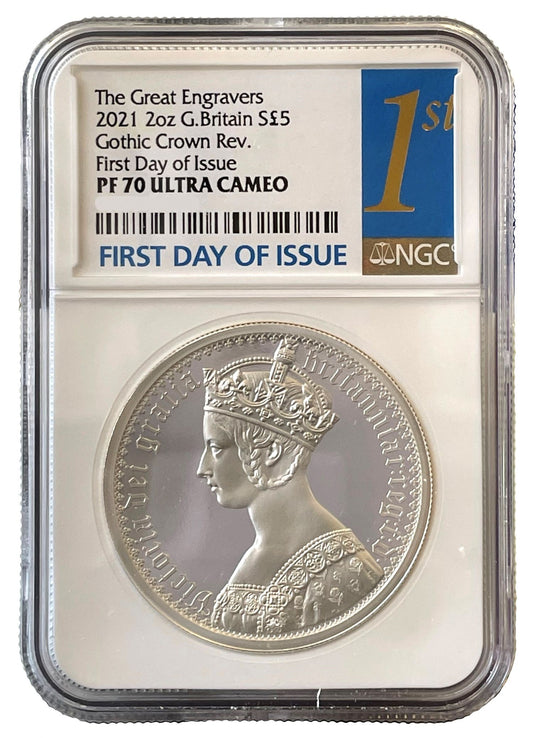FAQs
What makes a coin valuable?
I have coins to sell, what’s the next step?
How will my purchases be shipped?
What happens if I’m not entirely happy with my purchase?
Eadgar, Penny, two-line type, York Mint, moneyer Heriger
Eadgar (959-973), silver Penny, two-line type, York horizontal type I, moneyer Heriger, small cross pattée, circles and legend surrounding, + EADG-A-R REX, rev. three cross pattées across centre, moneyer name in two lines, triangle of pellets above and below, HERIG /ER MO, contraction mark over M, weight 1.44g (BMC I, 107; CTCE 79; SCBI 34:995 British Museum; N.741; S.1129). Toned, a bold very fine.
The Coinage of Tenth Century England by Blunt, Stewart and Lyon gives this coin as Horizontal type I York, moneyer Heriger as number 79.
Probably born in 943, Eadgar was only around 16 when he inherited the Kingdom from older brother Eadwig, having already ruled Mercia since the age of 14. Eadgar was known as "The Peaceable" on account of his 16 years reign being relatively free of any conflict or revolt, perhaps reflecting his military prowess and naval power from his capital at Winchester. He enjoyed a second Coronation in 973 in the Roman ruins of Bath, having had already his first at Kingston after his accession, in order to associate himself with past glories and with Charlemagne who had had his Coronation in Rome in 800. Eadgar was married three times, having a son Edward with his first wife, a daughter Edith with the second, and two sons with the third, Edmund and Aethelred. Eadgar died unexpectedly at Winchester aged around 32 on the 8th July 975.
The City of York at the junction of the River Foss and River Ouse, about 190 miles north west of London has been an archbishopric since 753 with some gold Thrymsa coins being produced. It was the early minting place of coins of the Kings of Northumbria in both copper and silver as well as the Archbishops of York. The mint name first appears on some of the occupational Viking coinages making the city their capital from 867. In 919 the city passed to the Hiberno-Norse Kings of Dublin and back to the English in 927 when taken from Guthfrith. Between 939 and 943 the Vikings were back in town and again from 947-954 but otherwise remained under English rule with the Norman castle even holding out to a Saxon/Danish occupation in 1069 being relieved by William I who built a second castle on the right bank of the Ouse, the City having been burnt. As soon as William departed the Vikings returned but upon William's return they fled back to their ships and the Normans harried Yorkshire.
The legends translate on obverse as "Eadgar King" and reverse "Heriger Moneyer".
Provenance:
Ex Tetney Hoard, north-east Lincolnshire, found May 1945.
Ex Dr John Tooze Collection, Dix Noonan and Webb, Auction 163, 19th September 2019, lot 1021.
Ex Collection of an English Doctor, part one, Sovereign Rarities, London, March 2022.
FAQs
What makes a coin valuable?
I have coins to sell, what’s the next step?
How will my purchases be shipped?
What happens if I’m not entirely happy with my purchase?













